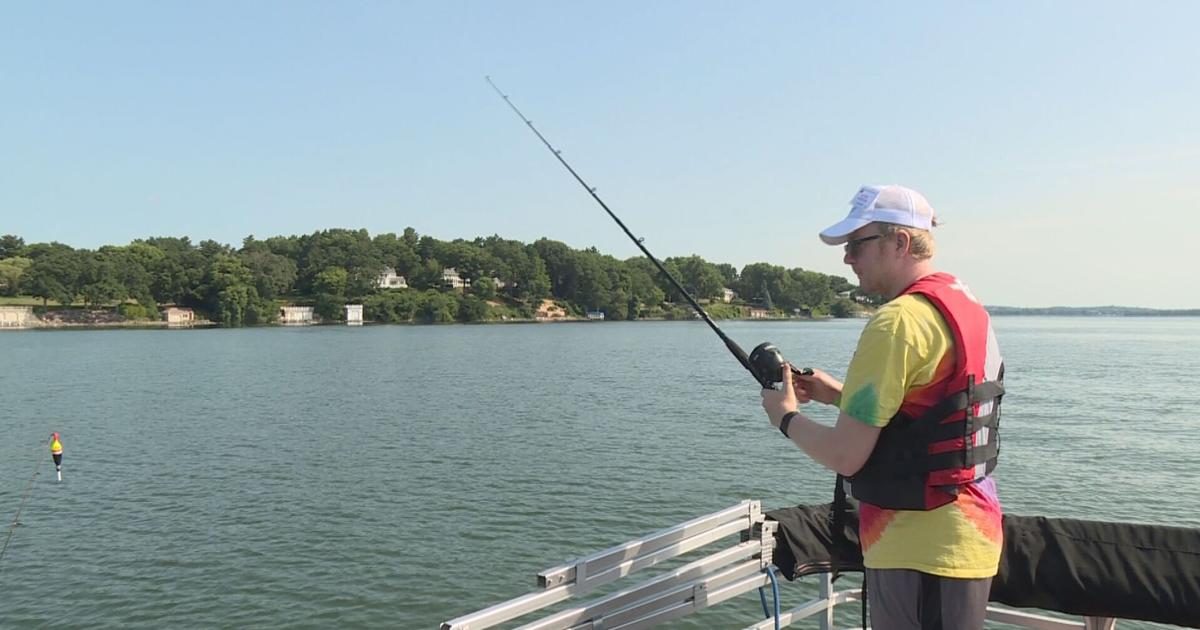MADISON, Wis. — It’s no secret that Wisconsinites love fishing. But who knew the effects of local anglers on our fisheries were outpacing that of climate change?
That’s exactly what a new study from postdoctoral researcher Luoliang Xu and Prof. Olaf Jensen at UW-Madison’s Center for Limnology found. The discovery was published last week in the journal Science Advances.
“Warming and fishing are happening at the same time, and they both can strongly affect the fish populations,” Xu said. “So the intention of our study is to try to tear apart these two factors.”
And when those factors were torn apart, Xu and Jensen found that recreational fishing was the main contributor to fish population decline in 48% of the 521 fish populations studied, while warming was the leading cause in just 1%.
“Our data comes from lakes that are heavily fished. They are frequently monitored, so the fact that fishing plays a role in population dynamics is to be expected,” Xu said. “But the overwhelming impact fishing has compared to warming was a little bit surprising to me.”
Warming is, of course, still having an effect. In fact, when Xu and Jensen analyzed cold-water species like cisco they found that warming clearly had a negative impact.
Cool-water fish like the northern pike have yet to see widespread negative impacts from warming, while warm-water species like the largemouth bass and bluegill actually saw an increase in productivity from the warmer waters. That historical data, however, comes with a disclaimer.
“As climate warming continues, we’re likely to see some of these populations that have so far benefited from warming go over the peak and into a place where they’re they’re no longer benefiting, and, in fact, they’re being negatively impacted by by warming,” Jensen said.
While fishery populations may be changing, uncovering the causes has actually given Jensen some hope for the future.
“Climate change seems like one of these big problems that’s well outside of our own abilities to do anything about at the individual level,” Jensen said. “But what we see here is that there is some ability to to positively impact our fish populations through fishery management.”
That management might come in the form of policy from regulators like the Wisconsin Department of Natural Resources. Size and bag limits are some of the tools at those regulators’ disposal. Xu and Jensen have already shared their findings with the DNR and tribal biologists.
“Fishing is a popular pastime for good reason. I’m an angler myself,” Jensen said. “It’s culturally important, it’s economically valuable and so I think what we see is that we just need to balance those values with maintaining healthy fish populations.”
Jensen recommended catch-and-release fishing as a way to enjoy reeling in a catch while still protecting fisheries.
COPYRIGHT 2025 BY CHANNEL 3000. ALL RIGHTS RESERVED. THIS MATERIAL MAY NOT BE PUBLISHED, BROADCAST, REWRITTEN OR REDISTRIBUTED.

